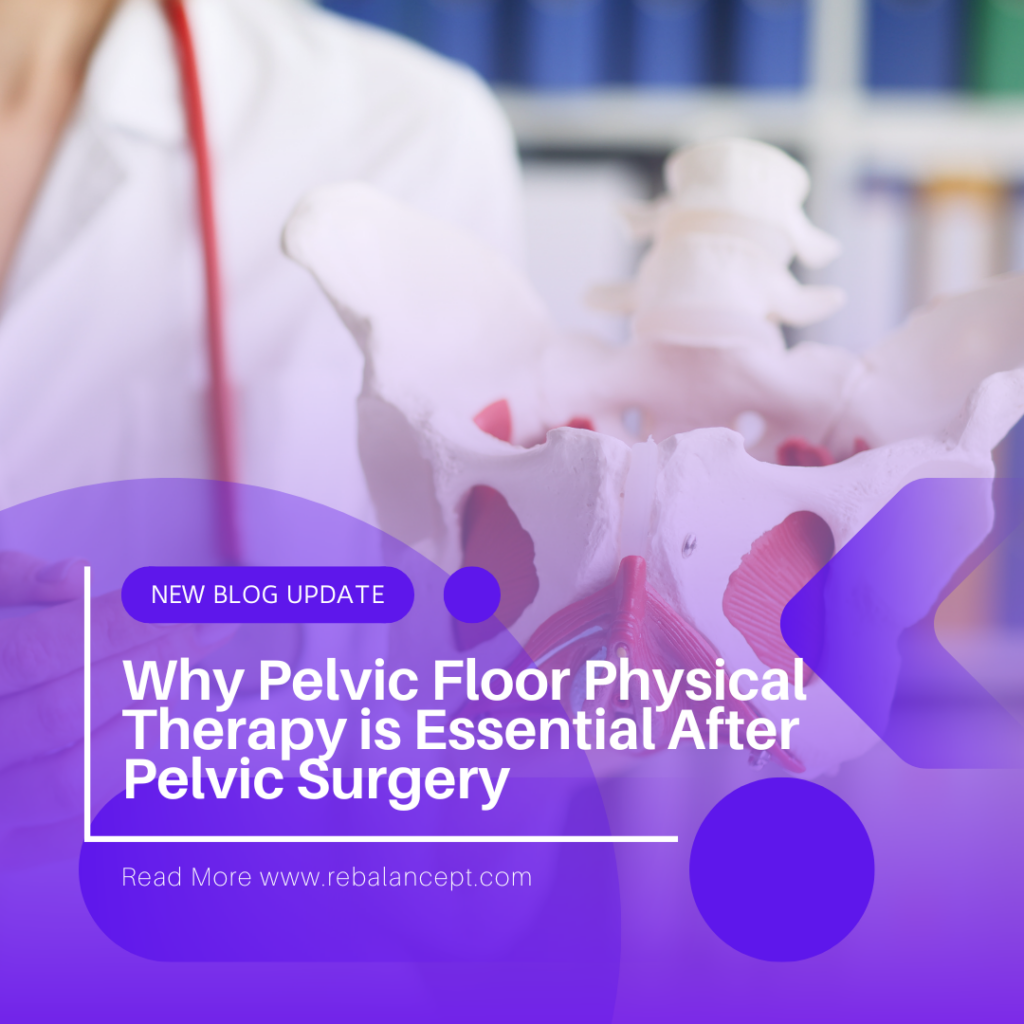7 Key Insights into Diaphragm Anatomy and Physiology for Enhanced Health
The diaphragm, a remarkable “fibromuscular sheet,” plays a pivotal role in our overall health and well-being. Here, we delve deep into diaphragm anatomy and physiology, shedding light on its significance:
1. Diaphragm’s Structure:
This dome-shaped structure serves as the boundary between the thorax and abdomen. It’s the foundation of the thoracic cavity and the ceiling of the abdominal cavity.
2. Core Component:
The diaphragm is a key player in the “core” of our body, alongside the transversus abdominis, pelvic floor, and multifidus muscle groups.
3. Phrenic Nerves:
The diaphragm receives neural input from the right and left phrenic nerves, which help maintain its automatic function, crucial for keeping our breathing in the parasympathetic nervous system mode.
4. Attachments:
The diaphragm connects to various points, including the L1 vertebrae, the lower border of rib 12, and muscles like the Quadratus lumborum (QL) and psoas, all interconnected by a continuous fascia.
5. Breathing Mechanics:
Activating the diaphragm lowers it, creating pressure to fill the lungs during inhalation. When exhaling, it returns to its original position.
6. Paradoxical Breathing:
Difficulty connecting to the diaphragm can lead to paradoxical breathing, involving accessory muscles and causing muscle tightness, pain, and dysfunction. Proper diaphragmatic breathing can prevent this and offer multiple health benefits.
7. Diaphragm and Pelvic Floor Coordination:
The diaphragm and pelvic floor work together to control abdominal pressure. Understanding this coordination can help manage pelvic floor dysfunction. Research shows that diaphragmatic breathing can reduce stress, lower anxiety, and induce relaxation by stimulating the vagus nerve, promoting the parasympathetic “rest and digest” response.
To perform diaphragmatic breathing correctly:
- Find a comfortable position, ideally lying on your back with knees bent.
- Place one hand on your abdomen and the other on your chest.
- Inhale slowly through your nose, allowing your abdomen to expand for three to four seconds while relaxing your pelvic floor.
- During the inhale, feel the hand on your abdomen rise while the chest remains still.
- Exhale slowly for three to four seconds, allowing your abdomen to relax and your pelvic floor to return to its starting position.
Incorporating diaphragmatic breathing into your daily routine can have a profound impact on your physical and mental well-being, making it a valuable practice for achieving balance and vitality in your life.
For individuals seeking to harness the power of the diaphragm to improve their health and well-being, it’s essential to have guidance and support on their journey.
Whether you’re looking to enhance your breathing mechanics, alleviate pain, or address specific musculoskeletal issues, the expertise of a physical therapist can be invaluable.
Our team at Rebalance Physical Therapy is dedicated to helping individuals like you unlock the full potential of their diaphragm and achieve optimal health.
Our experienced and highly trained physical therapists specialize in assessing and addressing issues related to the diaphragm and its role in overall health.
We tailor our treatments to meet your unique needs, providing personalized care that includes exercises, techniques, and guidance to improve diaphragmatic function, enhance core stability, and promote overall well-being.
Don’t let diaphragmatic dysfunction or related health concerns hold you back from living your best life.
Whether you’re an athlete looking to optimize your performance, someone struggling with chronic pain, or simply seeking to improve your quality of life, we’re here to help.
Contact us today to schedule an appointment and embark on your journey toward better health and vitality. Together, we can unlock the potential of your diaphragm and achieve lasting improvements in your physical and mental well-being.





